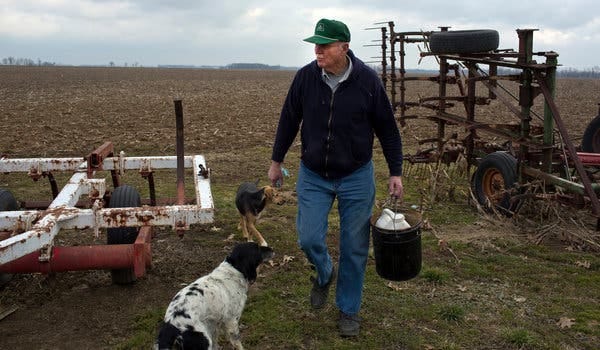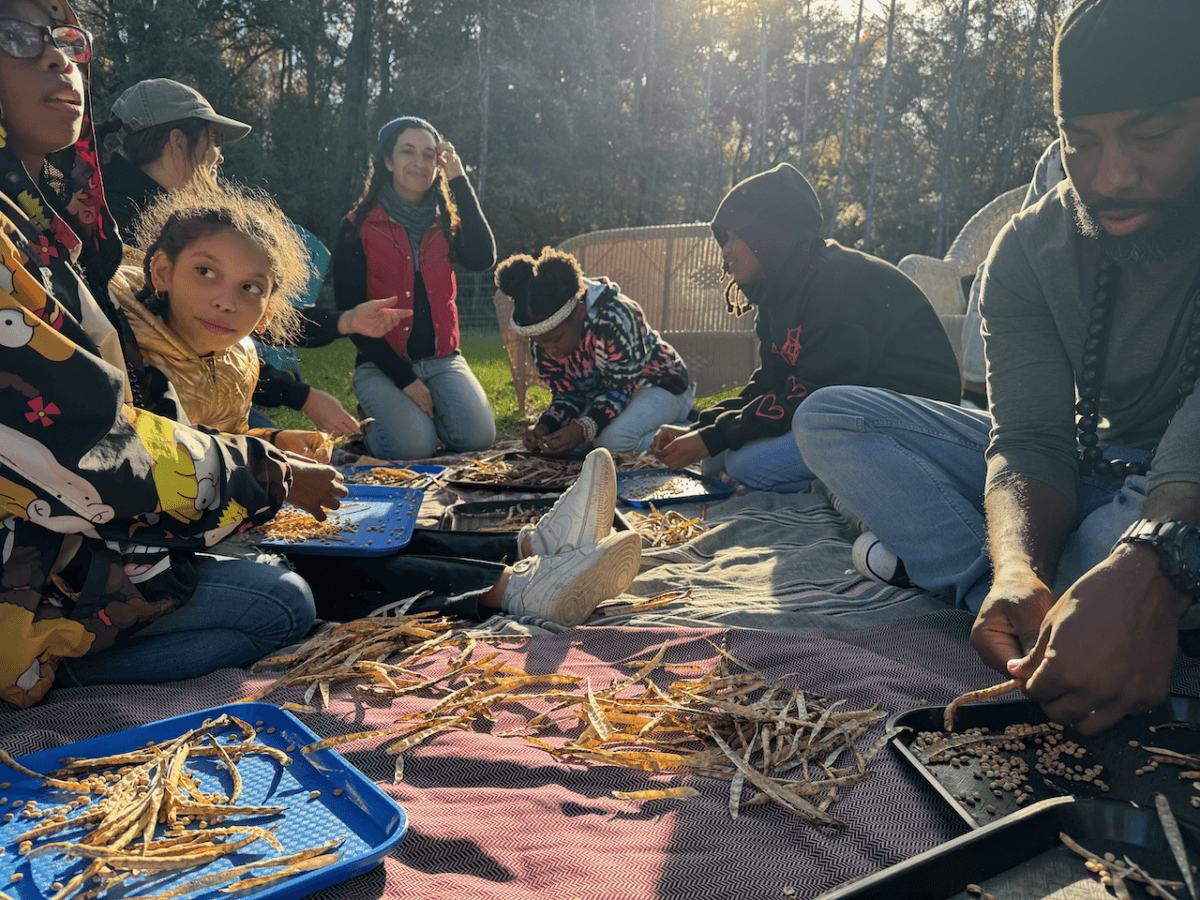This is an article I wrote a few years ago about an issue that’s close to my heart. It’s a little more clean and polished than my regular posts, but then again, I haven’t been writing much about more core domain of “making stuff.” Hope you enjoy.
In 2013, the Monsanto Company, an agrochemical and agricultural biotechnology corporation, sued a soybean farmer in Indiana named Vernon Hugh Bowman for patent infringement. The lawsuit served as a landmark patent case that established genetically modified crop seeds as the intellectual property (IP) of the entity who had patented them.

Unlike other intellectual property, which can be controlled after deployment, patented seeds are easily distributed through natural processes of pollination. In other words, a grower can unintentionally infringe on the intellectual property rights of a corporation the minute their crops distribute seeds at the end of a growing season.
Bowman v. Monsanto Co. has sparked a movement among small farmers, many of whom have preemptively sued Monsanto for patent infringement, calling into question the very nature of Monsanto’s IP rights. Organizing under the title of “open source seed networks,” farmer advocates and activists have adopted the position that seeds should be free—not only to access and distribute, but to innovate and modify in the midst of our current devastating climate crisis.
What is fascinating about this movement is that farmers, a group of people often seen as manual workers and non-intellectuals, began to define themselves as scientific experts in the upstream community of plant breeding and genetics. Farms like Common Wealth Seed Growers in Virginia had already been using test sites to choose the most resistant, nutrient-rich, and sustainable crops to withstand climate change, soil degradation, drought, and disease. Seed-saving and distribution is also a source of returned income for many farmers, either in seed costs for the next growing season or selling seeds as an additional income stream. With the newly-formed open source seed movement, these farmers could come together as a group to share their insights, resources, knowledge, and their seeds.
I work in open source software, so this story sounds familiar. A big company owns the blueprints to a highly sought-after and useful commodity, while actual practitioners struggle to innovate quickly and effectively to meet the needs of a rapidly changing world. Just like the story of open source software, we have to ask ourselves: Who owns the source code for growing a plant?

The history of software changed with the GNU Public License. Taking a page from the open source software movement’s book, the global open source seed network has developed several licenses that help keep seeds free from use restrictions. These licenses generally protect a grower’s rights to share, enhance, circulate, and share derivatives of the seeds they grow. Seed “distributions” and farmer-led research centers help keep innovation in the hands of the people growing by centralizing practices and supporting the continuation of the license.
While the everyday person may not think too deeply about the IP of their seedlings, open source, in whatever sector, calls us to think philosophically about the nature of sharing information and technology that is central to our living. Our agricultural systems are built on proprietary models; who owns seeds has a significant impact on who is able to plant seeds, and therefore who is allowed to grow and provide food to communities. The more we can support open source plant breeding and seed exchange, the closer we can get to widely available access and innovation in our food system.
So, what can we do?
One thing we can commit to is thinking carefully about the ways our products are used to limit innovation in agriculture. But as any great and effective social or scientific movement proves, power often lies in communities working together to change systems. Here are a few actions you can take today to make seeds “free” as in speech (and maybe also “free” as in beer, too):
Support open source seed exchanges when you purchase seeds and plants. In the US, the Open Source Seed Initiative has a list of partners that specialize in plant breeding, seed exchanges, and native plant resources. German seed distributor Culinaris and Green Net in Thailand have many open source varieties available as well. A full list of global open source seed organizations can be found on the Global Open Source Seed Iniative’s website.
Save your own seeds. Choose a few plants from your open-pollinated (i.e. heirloom) varieties that have given you the best, biggest, most disease-resistant and/or most drought-resistant produce. There are a variety of methods for saving seeds, so be sure you choose the one that works best for your particular plant. Finally, store your seeds in dry, airtight containers, and share.
Talk to your local library about starting a seed library. A seed library allows patrons to “check out” a small packet of seeds and “return” saved seeds at the end of the growing season for other patrons. Some libraries already have them in place, but even if yours doesn’t, consider volunteering your time and resources to start a new program.
Start your own Little Seed Library in your community. Using the Little Free Library model, the Little Seed Library gives you and your neighbors a chance to share seeds and growing knowledge to build a strong micro-ecosystem right in your own backyard. Consider adding some guidelines for testing and selecting for the best cultivars so your community can take part in the scientific innovation that is central to the open source seed movement.
While the everyday home gardener may not have the space, knowledge, or resources to engage in the highly complex work of plant breeding and genetics, we can think of ourselves as the catalysts for another branch of the open source community, one that is invested in the free and open access to growing our food.



super interesting! :0